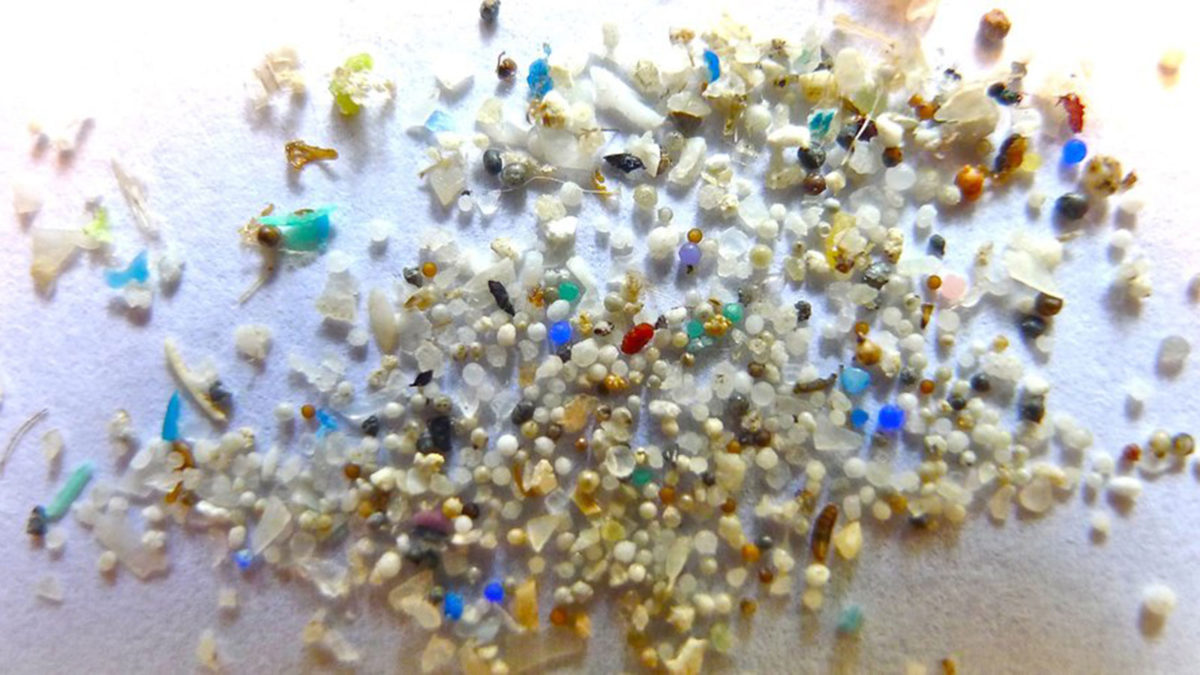Once again, we have proved to ourselves that we can always do it bigger, faster, and better. This week, we continue our 40+ year streak of exceeding our annual biocapacity – our ability to supply the resources we are consuming and process the waste we’ve generated – with August 19 marking this year’s Earth Overshoot Day. If we can think about earth resources in terms of annual budgets, we are over budget for about the 45th consecutive year, and the next four months are on credit…
See what I mean: https://www.youtube.com/watch?v=g_aguo7V0Q4
We did this. We have failed miserably. The only way forward is to be accountable and recognize the incredible pressure we are putting on our surroundings. We continue to make decisions based on unbalanced equations. We have a perceived understanding of the value of material outputs and services, while the value of the inputs are disconnected and not completely understood. Without a deeper comprehension of this relationship, we can never hope to stay within budget.
And to some extent, we’ve told ourselves this is ok – we’ve been overshooting for longer than I’ve been alive. Which leads me to ask if the problem is being over budget, or if our budgets are limited by our material and service preferences and the traditional inputs necessary to provide them? Can we grow and strengthen our earth resource budget or at the very least, the reserves? What does the budget look like when all energy inputs are renewable?
Can humans rethink the global material economy to include the costs associated with consumption that are externalized, those burdens passed on to nature and society to balance the economic equations? We will explore aspects of sustainable materials management in the coming blog articles in an attempt to elaborate on the missing pieces of the sustainability equations.
Earth Overshoot Day 2014 – We did it!





